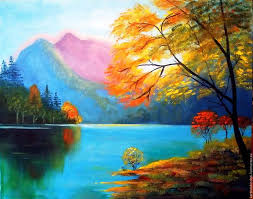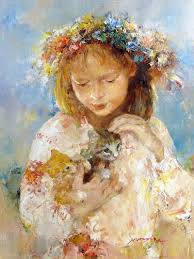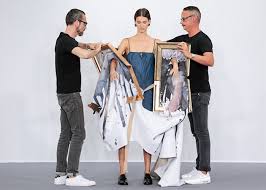nastya
EXCURSION TO THE WORLD OF GRAPHICS
 Graphics is the art of drawing. A graphic image, as a rule, consists of lines, strokes, dots, etc. By its nature, a graphic image is more conventional than a pictorial one, although the graphic and expressive means of graphics are much the same as in painting. Unlike painting, the color in the graphic is predominantly one (usually black), but there is a graphic that also uses a different color. The graphic also uses stained drawing – a pictorial tool widely used, for example, in the graphic sheets of Mesereel and the Prophet.
Graphics is the art of drawing. A graphic image, as a rule, consists of lines, strokes, dots, etc. By its nature, a graphic image is more conventional than a pictorial one, although the graphic and expressive means of graphics are much the same as in painting. Unlike painting, the color in the graphic is predominantly one (usually black), but there is a graphic that also uses a different color. The graphic also uses stained drawing – a pictorial tool widely used, for example, in the graphic sheets of Mesereel and the Prophet.
Graphic artists can create not only separate sheets, but also entire series of drawings, united by a common theme. Without resorting to the help of color, graphics – art unusually laconic with its avaricious means can and does give pictures of life no less significant in terms of ideology and aesthetics than painting. Continue reading
ABOUT AQUARIAN PAINTING TECHNIQUE (part 5)
 This is confirmed by laboratory tests. Today, there are world-famous manufacturers who honor the traditions of the best manufactories, they have earned the high trust and respect of professionals. Information on the quality of the paint used can always be found by marking on its packaging. Knowing some of the laws of mixing, studying the behavior of paints of different companies and work experience will suggest the preferred choice of paints.
This is confirmed by laboratory tests. Today, there are world-famous manufacturers who honor the traditions of the best manufactories, they have earned the high trust and respect of professionals. Information on the quality of the paint used can always be found by marking on its packaging. Knowing some of the laws of mixing, studying the behavior of paints of different companies and work experience will suggest the preferred choice of paints.
Another stereotype is related to paper quality. You can read a lot of interesting things from the history of paper production and its application. Without delving into history and moving on to practical recommendations, let’s say that a modern watercolorist has a wide selection of professional paper. Continue reading
ABOUT AQUARIAN PAINTING TECHNIQUE (part 4)
 But with the beginning of the technical revolution, with the advent of industrial methods for the manufacture of materials, broader opportunities arose for creative experiments and the popularization of watercolor painting.
But with the beginning of the technical revolution, with the advent of industrial methods for the manufacture of materials, broader opportunities arose for creative experiments and the popularization of watercolor painting.
Newer and cheaper materials have made this technique fragile and more vulnerable to storage. Perhaps that is why for a long time watercolor still remained an independent form of painting and was the lot of fans of plein air painting as a particularly delicate aesthetic pleasure obtained during outdoor recreation.
The perception of watercolors was often associated with the idea of some very simple, affordable and even frivolous way of painting, more suitable for the initial stage of training, preceding the training in oil technology. Continue reading



